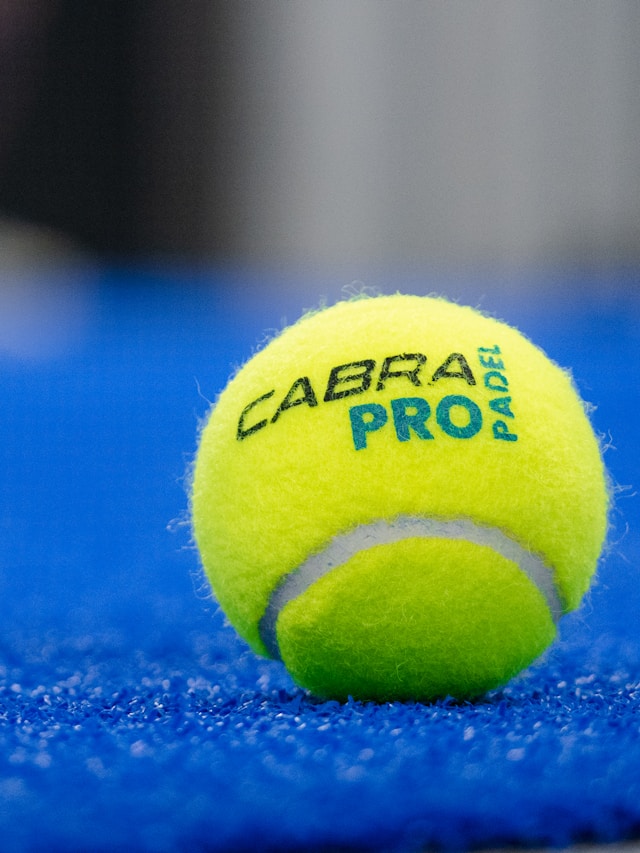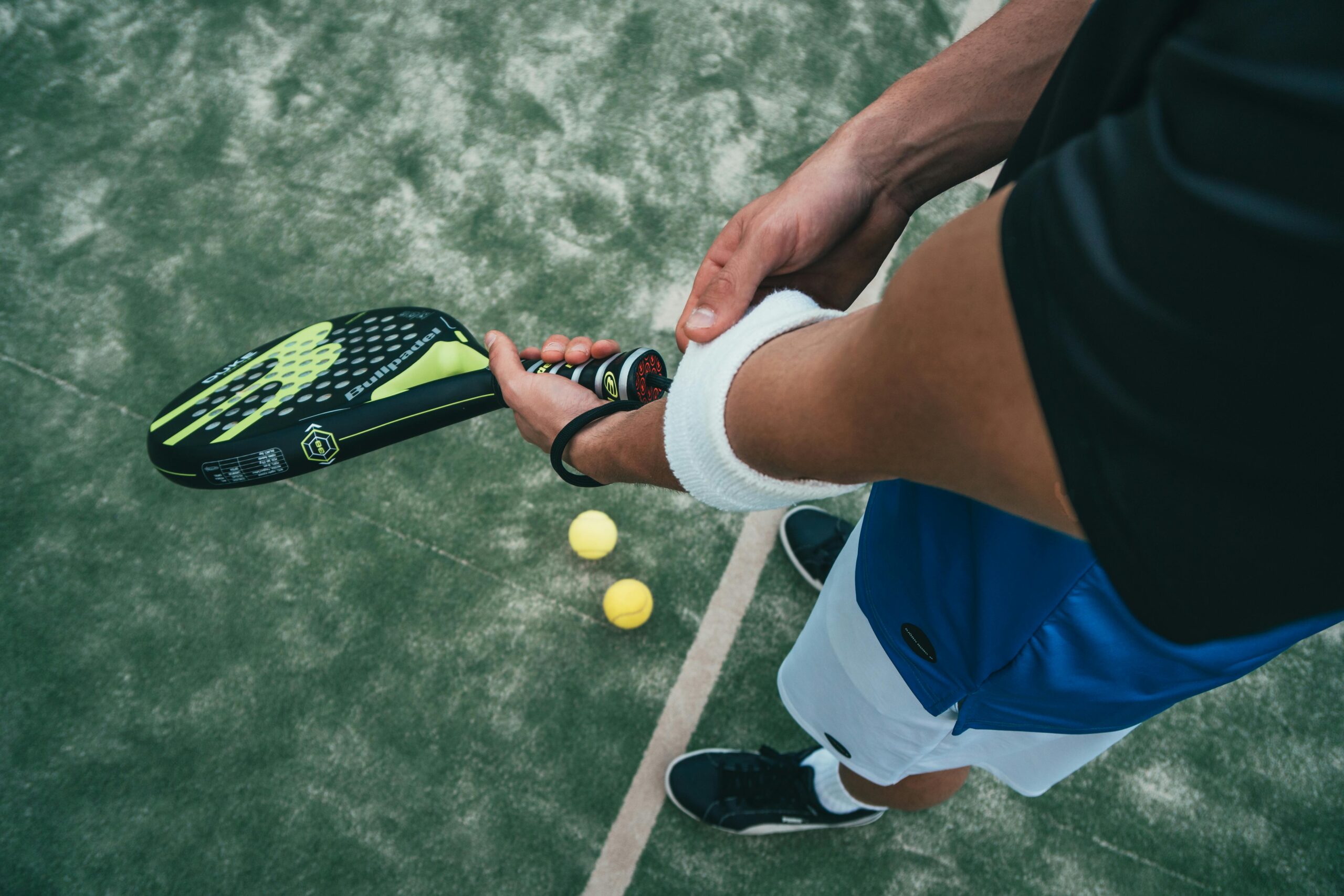
From its humble beginnings in Mexico to becoming a worldwide phenomenon, Padel has carved its niche as one of the fastest-growing sports across continents. Whether in bustling European cities, vibrant Latin American towns, or emerging sports markets in Asia, including padel in Indonesia, this sport has sparked widespread enthusiasm among players of all ages. But what makes this sport, often described as a mix of tennis and squash, so compelling? Its global appeal lies in its accessibility, social nature, and the excitement it brings to both amateur and professional players. This blog delves into Padel’s fascinating journey and what’s fueling its meteoric rise.
Origins of Padel: A Mexican Story
Padel’s story began in 1969 when Enrique Corcuera, a Mexican entrepreneur, improvised a tennis-like game at his holiday home in Acapulco. Faced with space constraints, he adapted the traditional tennis court to create a smaller playing area enclosed by walls, and soon after, Padel was born. With a shorter court and unique set of rules, Padel offered a dynamic gameplay experience that was different from tennis yet retained its core essence. This modified sport quickly caught on among Corcuera’s friends, and over the next few decades, it spread to neighboring countries, gradually making its way to the global sports stage.
Padel’s European Success: Spain Leads the Way
While Padel found its origins in Mexico, it was Spain that embraced it with open arms and established it as a mainstream sport. The introduction of Padel to Spain in the 1970s, thanks to the efforts of Alfonso de Hohenlohe, a Spanish entrepreneur and friend of Corcuera, sparked a surge in popularity. By the late 1990s, Padel courts were a common sight across Spain, and today, the country has emerged as a global leader in the sport, boasting over 20,000 courts and more than 4 million active players.
One of the key drivers of Padel’s success in Spain is its accessibility. Unlike tennis, Padel requires a smaller court and less expensive equipment, making it a more affordable sport to play. Moreover, its simplified rules and shorter learning curve allow new players to pick up the basics quickly, which has made it popular among all age groups. The social aspect of the game, with its emphasis on doubles matches and collaboration, has also contributed to its widespread appeal. Padel’s inclusive nature has seen it evolve from a niche activity into a mainstream sport, deeply ingrained in Spanish culture.
Latin America: Back to Its Roots
While Padel’s international growth is most evident in Spain and Europe, Latin America has experienced a resurgence in its popularity in recent years. Countries like Argentina, Brazil, and Mexico have witnessed a new wave of interest, with several professional and amateur clubs mushrooming across major cities. The rise of players like Fernando Belasteguín, who dominated the World Padel Tour for over 15 years, has inspired a generation of Latin American athletes to take up the sport.
Latin America’s passion for Padel is rooted in its communal and family-oriented culture, making the sport a natural fit. The sport’s easy-to-learn nature and fast-paced gameplay ensure it remains engaging for both players and spectators, and its rise in popularity has prompted governments and private organizations to invest in Padel facilities and training programs.
Asia’s Growing Fascination with Padel
Padel’s entry into Asia may be more recent, but its growth trajectory is already promising. Countries like Japan, China, and the United Arab Emirates have taken proactive steps to develop Padel infrastructure, establishing dedicated Padel clubs and hosting international tournaments. The sport’s rapid rise in the UAE, for example, has seen it evolve from a niche activity to a widely recognized sport in less than a decade, fueled by the support of local sports federations and expatriate communities.
Among the rising stars of Padel in Asia, Padel Indonesia has emerged as a vibrant hub, offering an exciting space for players to enjoy the game. Padel Indonesia has not only embraced the sport but also promoted it as a community activity, hosting events and tournaments that bring people together. The development of Padel in Indonesia reflects the sport’s growing influence across the continent, making it a promising market for future expansion.

Why Padel Appeals Globally: Accessibility, Social Nature, and Excitement
The secret behind Padel’s global success lies in its unique blend of accessibility, social interaction, and sheer enjoyment. Padel courts are smaller than tennis courts, which means they require less space and are more cost-effective to construct. Additionally, Padel rackets are simpler to use compared to tennis rackets, and the sport has fewer technical nuances, allowing beginners to have fun and participate actively from the get-go.
The game’s emphasis on doubles matches and team strategies creates a more social atmosphere, which is often missing in many other racket sports. Playing Padel encourages interaction and teamwork, fostering a sense of community that makes it an attractive choice for social gatherings, corporate events, and even family activities. Lastly, the thrill of playing Padel, with its unique combination of speed, skill, and the use of walls for rebounds, makes it a captivating sport to watch and play. This appeal is clearly evident in padel in Indonesia, where the sport’s popularity continues to grow rapidly.
The Future of Padel: A Sport on the Rise
The future of Padel looks bright, with its popularity continuing to soar across continents. Organizations like the International Padel Federation and the World Padel Tour are working tirelessly to promote the sport through international tournaments, professional circuits, and development programs aimed at nurturing young talent. With its inclusivity, accessibility, and ability to foster social connections, Padel is well-positioned to continue winning hearts and minds around the world, including in emerging markets like padel in Indonesia.
In just over 50 years, Padel has gone from a backyard innovation in Mexico to a global sporting sensation. Its journey is a testament to the power of sport to transcend borders, bringing people together in a shared love for the game. As more people, especially in regions like Padel Indonesia, discover the joys of Padel, the sport’s global expansion shows no signs of slowing down, solidifying its place as a beloved sport for generations to come.







